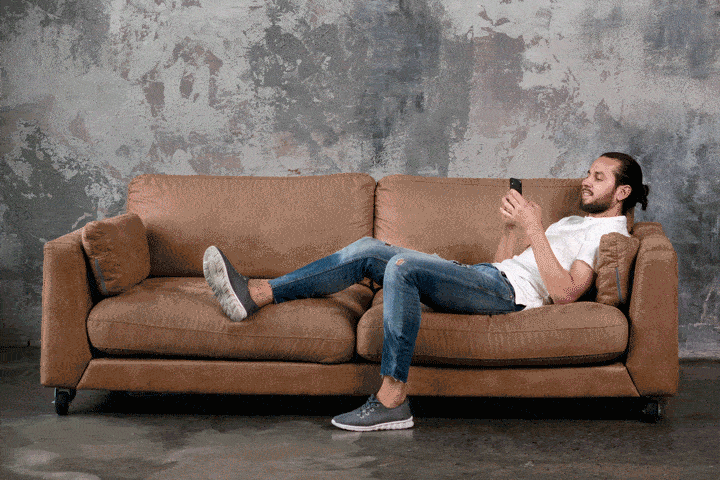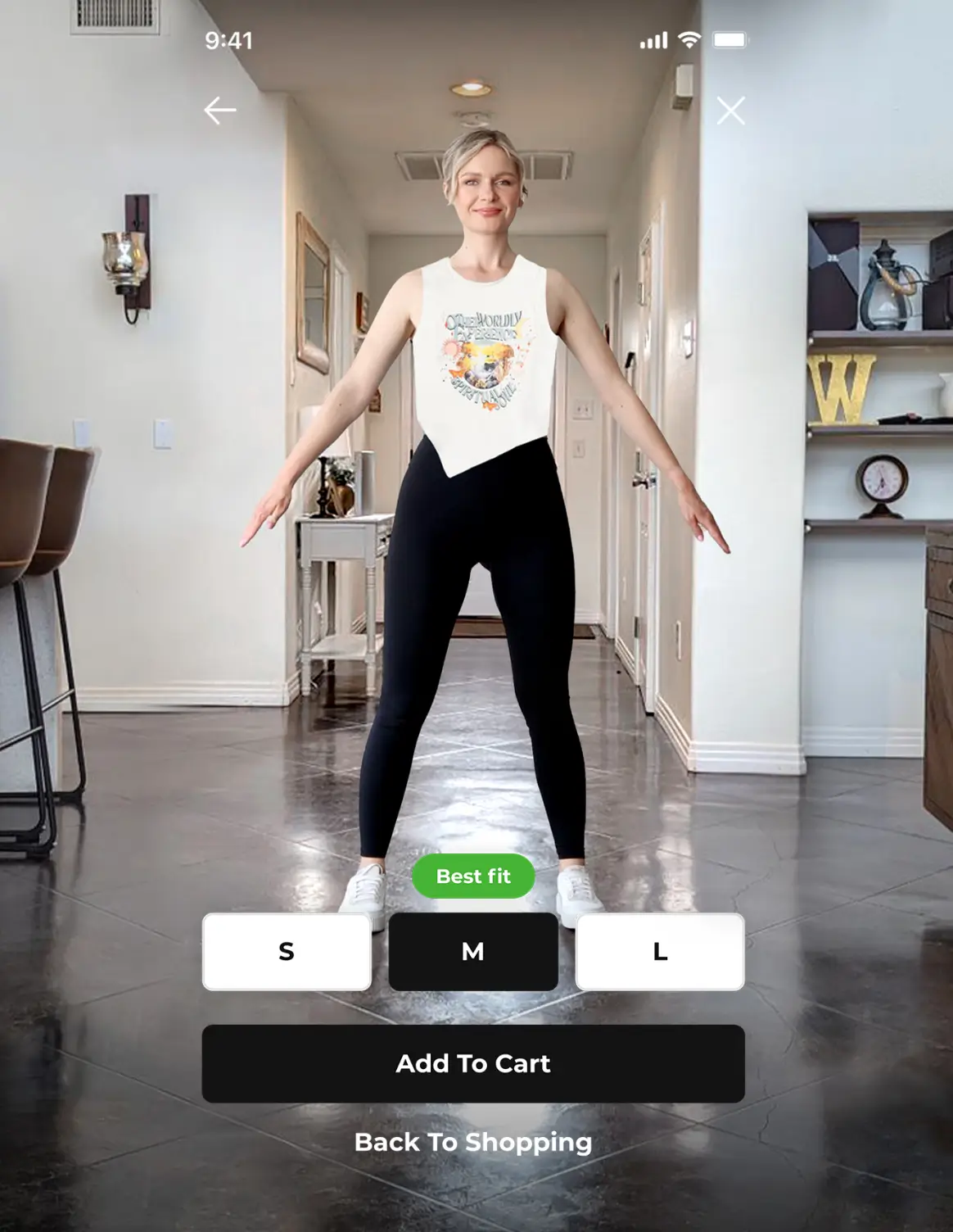Online shopping has grown steadily during the biggest shopping season of the year, with progressively fewer consumers hitting the stores. The National Retail Federation reported that 142.2 million shopped online while 124 million hit the stores during last year’s Thanksgiving weekend.
This year, strict COVID regulations such as social distancing have deterred consumers from in-store shopping, contributing to the closure of numerous brick-and-mortar retail stores which follows a decade of store closures and bankruptcies. Just last year, a study by Business Insider [3] revealed that more than 9,300 brick-and-mortar retail stores shut their doors. Although physical stores remain an important part of shopping, brands are steadily moving online to capture the increasing number of online shoppers. The prevailing pandemic has accelerated this transition.
So what should retailers expect during this year’s Thanksgiving shopping season?
Online retail is the new normal
Unsurprisingly, consumers are now extremely cautious about shopping in physical stores and are increasingly shopping online, which is bound to continue through Black Friday and Cyber Monday 2020. Morning Consult revealed that only 12 percent are expecting to shop in-store on Black Friday 2020.
Online sales grew by nearly 50% at the peak of the pandemic, according to Adobe Analytics. Even though the preference for online shopping decreases with age, more consumers are shopping online, including baby boomers previously more inclined to hit the physical mall. The National Retail Federation reported that 45% of baby boomers are shopping online more as a result of the pandemic. And consumers are still shopping for clothes online. A survey by Fashionista revealed that around 54% of consumers are still shopping for outfits, both for staying at home and for going out.
Exacerbated Challenges
Returns are costly, especially for online stores. In 2019, Statista estimated that return deliveries will cost retailers $550 billion by 2020 in the U.S. alone. Plus, return rates are generally higher when it comes to online purchases. Happy Returns estimates that 5 to 10 percent of in-store purchases are returned, but that rises to 15 to 40 percent for purchases made online. As for the reasons, a survey by Narvar discovered that around 46% of online fashion purchases were returned for not being the right size, fit, or color. The survey also found that 48% of U.S. consumers are purchasing multiple versions of apparel items to try out, later returning those that aren’t a good fit.
Fortunately, fashion technology is reducing return rates for apparel retailers. In addition to leveraging innovative technologies to minimize return rates, there are other ways you can boost conversion rates and profit margins.
Tips For Online Fashion Stores
Here are some tips to prepare your online fashion store for the Thanksgiving shopping season:
1. Optimize your website for mobile
More shoppers are moving towards browsing and buying on their mobile devices. Big Commerce predicts that mobile will account for 54% of online sales, or $659 billion, by 2021. Plus, more than half of Americans are already shopping on a mobile device, according to Growcode.
Mobile shoppers have a shorter attention span, which translates to your brand having less time to make a great impression. Ensuring that your website is mobile-friendly is likely to provide consumers with a great first impression, improving your customer’s shopping experience and driving higher conversion rates.

2. Personalize your customers’ shopping experiences
Personalization makes shoppers feel special and welcomed. Salesforce found that 84% of consumers want to be treated like a person, not a number, and personalization is a great way to achieve that. With retail technology, you can easily tailor product recommendations, search results, and size recommendations to suit your customers’ unique preferences.
You can also personalize your customers’ shopping experiences by recommending the right size and fit. With online shopping technology innovations like 3DLOOK, users are able to get their exact clothing size for RTW and body measurements for custom-made apparel. This allows consumers to get the right fit, cutting down return rates for online purchases.
Some other approaches to personalization include curating offerings specially tailored to their needs, providing an immersive retail experience, and offering customer-centered support.

3. Engage with tailored emails and social media posts
Besides personalizing customers’ experiences on your fashion site, you could also personalize external communication. Customized emails improve click rates and encourage interaction, ultimately driving higher conversion rates. You can segment your email lists according to customers’ clothing preferences, recommend outfits based on their personal preferences, and trigger abandoned cart reminders for customization.
Social media platforms also offer a great opportunity to drive engagement. You can use trendy and relevant hashtags, create niche fashion communities with targeted messages, and collaborate with fashion bloggers and influencers.
Get in touch to learn how 3DLOOK’s mobile body scanning technology can help your business enhance customers’ shopping experiences by delivering better online fit experiences that are both engaging and personalized.


